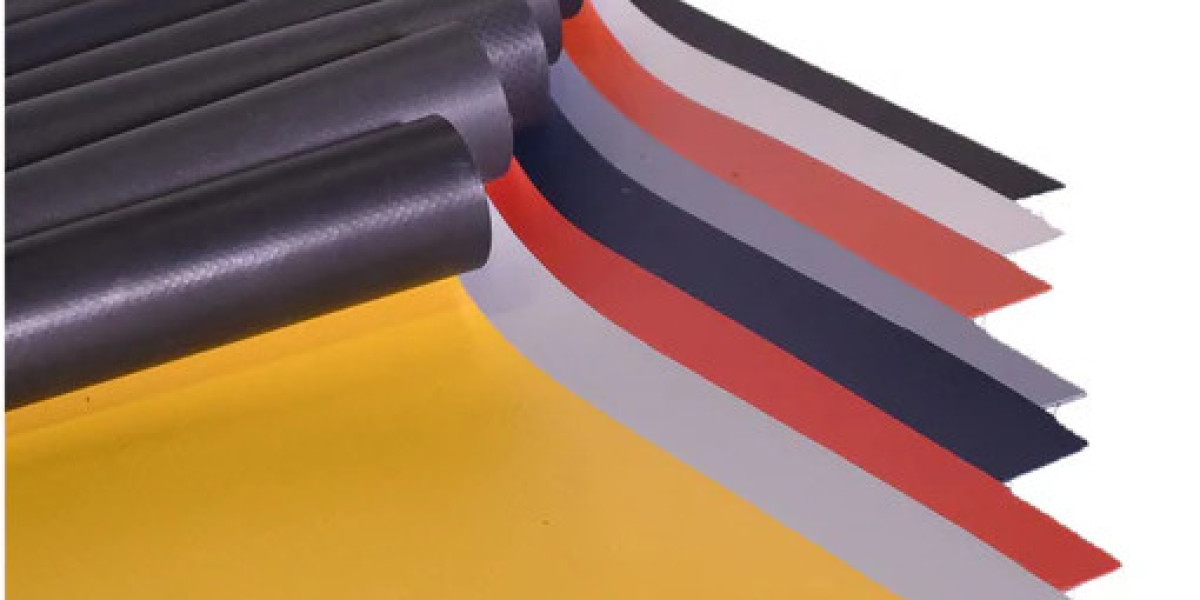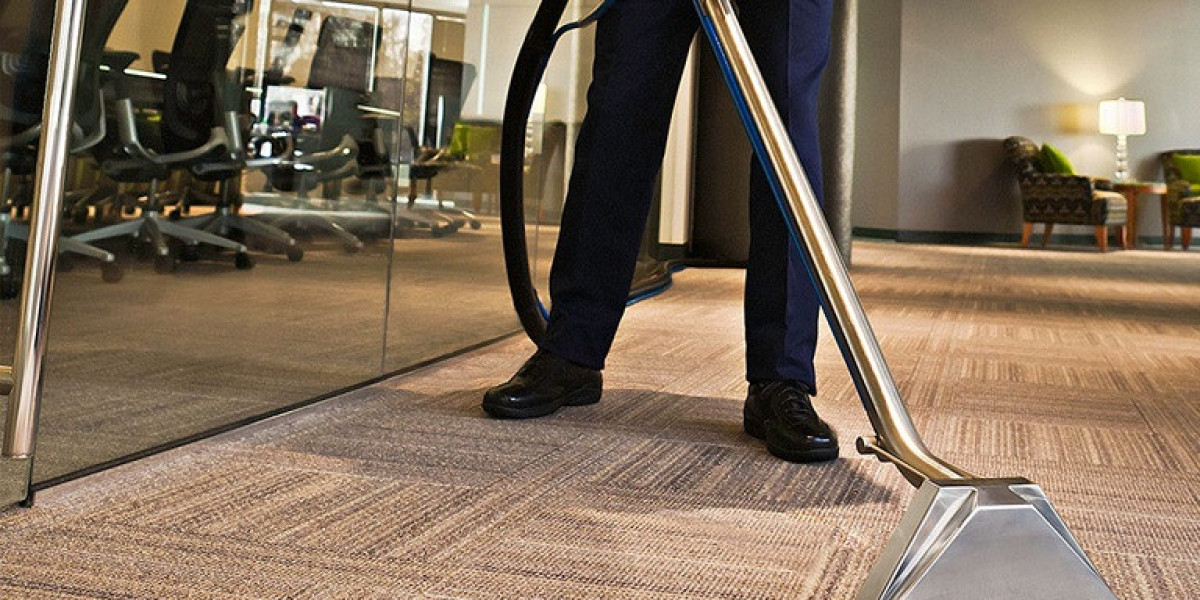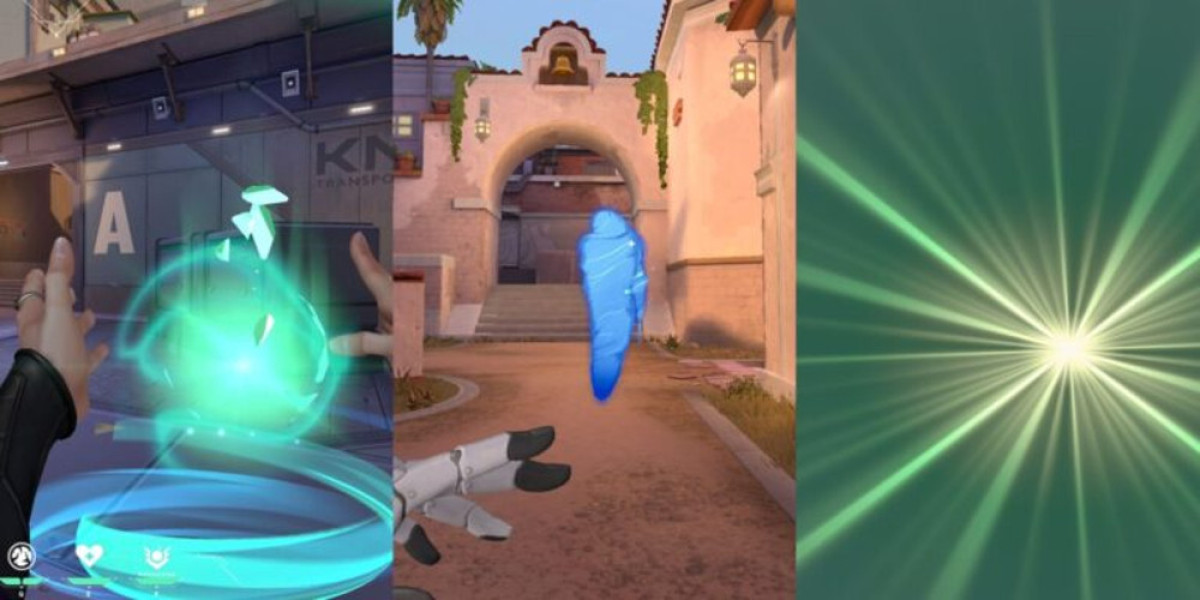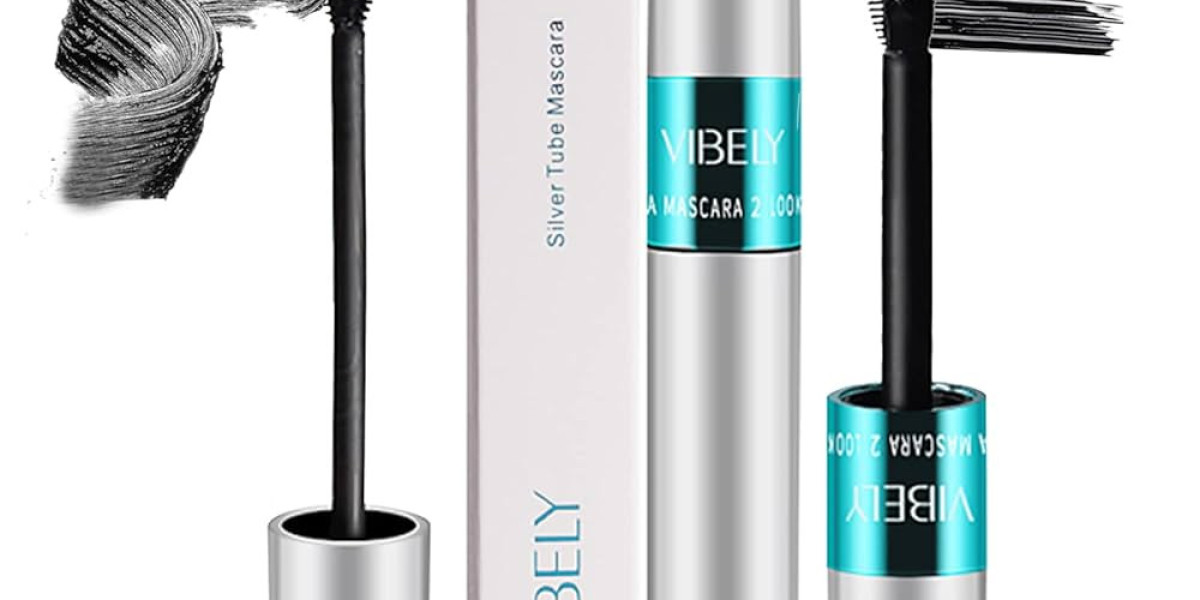The world of inflatable boats has come a long way since their inception. A significant factor behind their growth and success is the continuous evolution of the materials used in their construction. One of the most notable advancements is in the development of PVC Inflatable Boat Fabric , which has undergone significant changes from its early use to today’s high-tech composite materials. This article will explore the evolution of PVC fabrics and how technological progress has improved the durability, performance, and overall capabilities of inflatable boats.
Early Use of PVC in Inflatable Boats
PVC (Polyvinyl Chloride) was one of the first materials used in the construction of inflatable boats due to its affordability, availability, and practicality. Early inflatable boat materials made from PVC were simple, lightweight, and relatively durable, making them an ideal option for recreational boating. These early PVC fabrics were mainly single-layer materials that offered basic resistance to wear and tear, but they did not possess the advanced characteristics required for extreme conditions like UV resistance, puncture resistance, or long-term durability.
At that time, the focus was primarily on creating affordable, portable boats that could handle calm, flat-water environments. However, as the popularity of inflatable boats grew and their usage expanded to more demanding applications such as fishing, diving, and even military use, the limitations of traditional PVC became apparent.
The Rise of Multi-Layer PVC Fabrics
As demand for more robust inflatable boats increased, PVC fabric manufacturers began to innovate by introducing multi-layer materials. These multi-layer fabrics combined the strengths of PVC with other materials such as polyester, creating a more durable and resistant surface. The outer layers were coated with protective coatings to improve UV resistance, while the inner layers provided better strength and puncture resistance.
This evolution in PVC fabrics allowed for inflatable boats to be used in more challenging environments such as saltwater, rocky shores, and areas with higher abrasion risks. The additional layers improved the overall longevity and performance of inflatable boats, offering better protection against the harsh elements.
Advancement to High-Tech Composite Fabrics
In recent years, there has been a significant shift towards high-tech composite materials in inflatable boat fabric production. PVC inflatable boat fabric has evolved to include newer compounds and coatings that not only enhance performance but also improve environmental resistance. Manufacturers have begun blending PVC with advanced materials like polyurethane (PU) and Hypalon, creating fabrics that are more durable, lightweight, and resistant to environmental damage.
One notable advancement is the incorporation of UV-resistant and abrasion-resistant coatings. These high-tech coatings protect the boat’s fabric from the damaging effects of prolonged sun exposure, as well as reduce wear and tear caused by friction or contact with rough surfaces. The combination of these features has led to the production of boats that are not only more durable but also better suited for extreme outdoor conditions such as long-term saltwater exposure or intense UV radiation.
Moreover, these advanced composite materials are designed to be lighter than traditional PVC fabrics, without sacrificing strength or performance. This has led to the development of boats that are easier to handle and transport, further improving their appeal to recreational boaters and commercial users alike.
The Future of PVC Inflatable Boat Fabric
The evolution of PVC inflatable boat fabric shows no signs of slowing down. As technology continues to progress, manufacturers are exploring new possibilities for material improvement. This includes the potential use of smart fabrics integrated with sensors or new materials that can adapt to varying weather conditions. Additionally, there is a growing focus on sustainability, with some manufacturers beginning to experiment with recycled or biodegradable materials.
With these advancements, inflatable boats will continue to evolve, offering improved durability, performance, and versatility. Whether used for recreational boating, commercial applications, or specialized uses, inflatable boat fabrics will likely continue to be a key factor in the success of these innovative watercraft.
Conclusion
In conclusion, the evolution of PVC inflatable boat fabric has been driven by advancements in material science, from the early, simple PVC to the high-tech composite materials of today. These innovations have dramatically improved the durability, strength, and performance of inflatable boats, making them more versatile and better equipped to handle the toughest conditions. As the industry continues to evolve, we can expect even more exciting developments in the materials used to create inflatable boats. For more information on durable inflatable boat fabrics, visit shanghaimsd.com .








